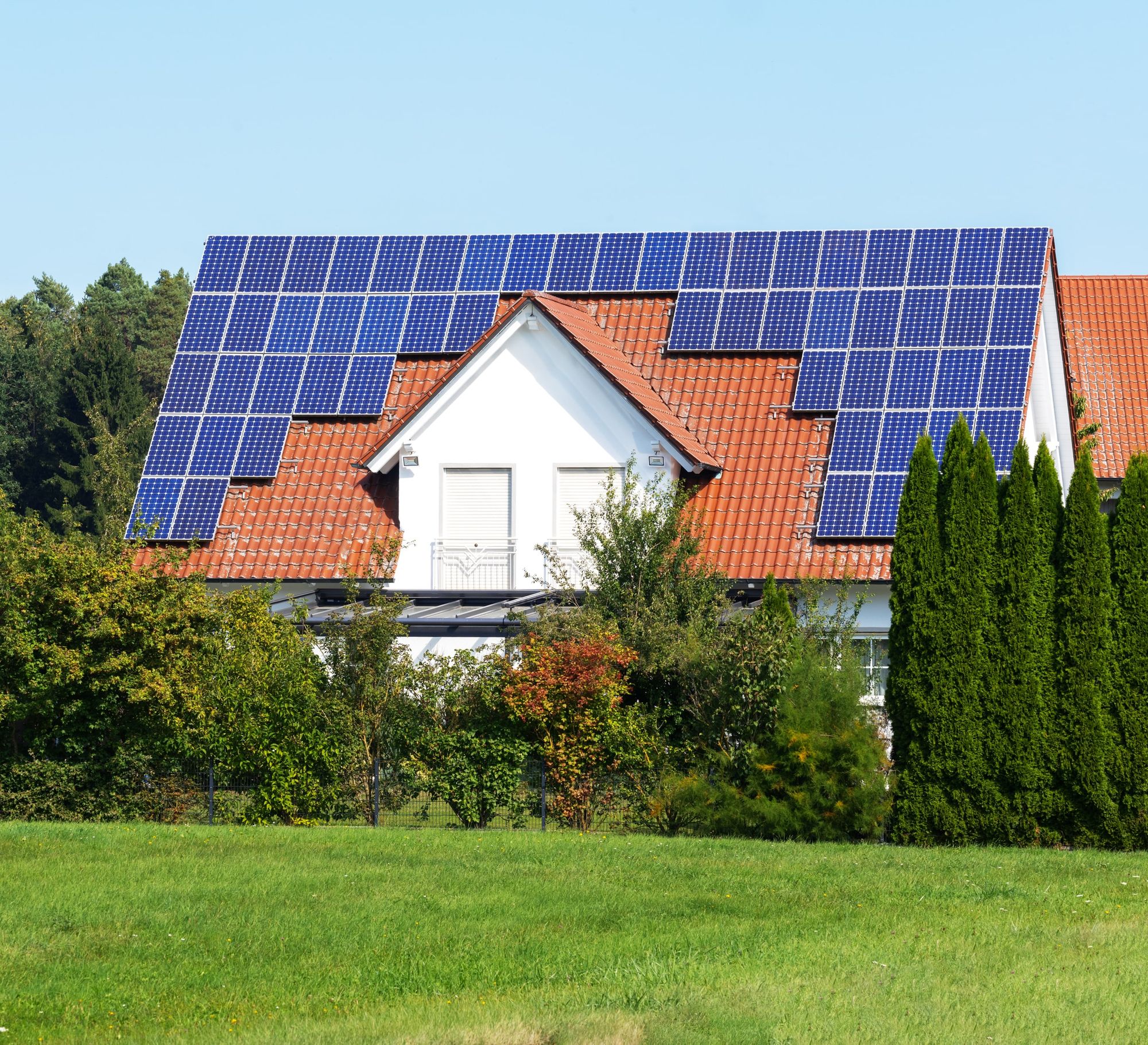
Environmentally friendly technology, such as electric cars and LED lighting, is gaining popularity for good reason. But how did awareness of the importance of environmentally friendly technology begin? In the early 19th century, scientists began to observe the ecological impacts of burning coal. Following the second world war, conservationist Rachel Carson began her warnings about the consequences of chemical pesticides, while doctors in other parts of the world reported abnormal symptoms related to nuclear radiation. This era is believed to be the genesis of the ecological movement that raised awareness about the consequences of technology and aimed to preserve ecosystems and resources.
Climate Change and its Impact on the Environment
Climate change is a major issue that stems from the rising temperature of the Earth’s atmosphere as a result of greenhouse gasses trapped in the atmosphere. As the temperature rises, we feel the impacts of climate change in the form of hotter summers, rising ocean temperatures, melting glaciers, extreme weather conditions and erratic weather patterns. Although it is normal for carbon dioxide levels to fluctuate, the rise in temperature and carbon dioxide levels in the past century has risen to alarming rates. The rate of carbon emissions is the highest ever in 66 million years and the amount of warming in the coming decades is expected to increase 250 times than during the past century.
These alarming statistics have spurred government bodies all around the world to recognize the importance of protecting and preserving environmental resources. Several countries have launched initiatives to be more environmentally friendly, such as eliminating single-use plastics, encouraging meat alternatives, and promoting the use of alternative energy.
Although the market for environmentally friendly technology is relatively new, the global green technology and sustainability market size is projected to grow from USD 11.49 billion in 2021 to USD51.09 billion by 2029.
Types of Environmentally Friendly Technology
The purpose of environmentally friendly technology is to protect and preserve the environment while helping repair the damage done to it in the past. Interestingly, consumers play a huge role in shaping sustainability trends. Environmentally friendly technology, or green technology, can be outlined in a company’s environmental, sustainability, and governance (ESG) statement. Socially responsible investors may narrow down their prospective investments to companies committed to utilizing or producing environmentally friendly technology, while consumers may choose to support companies that are committed to promoting environmentally friendly practices.
Below are some of the different types of environmental friendly technology:

Alternative Energy Sources
Fossil fuels emissions contributed to 78% of the total greenhouse gas emissions increase from 1970 to 2011. When fossil fuels are burned, they release large amounts of carbon dioxide, a greenhouse gas, into the air that traps heat and contributes to global warming. Many companies are looking for alternative energy sources that are more environmentally friendly. Solar and wind energy are not only renewable electricity sources, they are also inexpensive sources of energy. As a result, they have built a dominant position in the market. In 2021, IRENA’s figures show that solar and wind energy were responsible for 88% of all new renewable energy initiatives. Solar panels are increasingly affordable to homeowners in the United States, hence encouraging consumers to opt for a more environmentally friendly alternative for energy.
LED and CFL Lighting
Technology has brought about different ways for us to light our living spaces. In the past, the only option available to homeowners was incandescent light bulbs. However, now, we have other options such as compact fluorescent lamps (CFL), and light emitting diodes (LED). The CFL and LED lighting is a much more environmentally friendly technology (green lighting) compared to the incandescent light bulbs. CFL lighting uses 25-35% of the energy used by incandescent bulbs, while LED lights are the most environmentally friendly choice.
LED lighting uses 75% less energy, and these environmentally friendly bulbs are reported to last 25 times longer than incandescent lighting.
Electric Vehicles
Perhaps one of the most impressive types of environmentally friendly technology developed is electric cars. According to the Environmental Protection Agency, nearly one-third of US greenhouse gas emissions are released by transportation activities. As a result, automobile manufacturers are exploring various alternatives to reduce automotive emissions.
Besides its negative impact to the environment, automobile pollution can increase an individual’s risk of developing lung and cardiovascular diseases. Some people might even be genetically more sensitive to automobile pollution. Hence, a lot of investment has gone into designing more fuel efficient engines or shifting to electrical powered vehicles or hybrid vehicles. To find out if you are more sensitive to automobile pollution, take a DNA test so you can take appropriate measures to protect yourself.
Electric powered vehicles produce no carbon dioxide emissions when driving, hence drastically reducing air pollution. All electric vehicles have grown dramatically since Tesla Roadster and Nissan Leaf arrived on the market a little over a decade ago. Beyond passenger vehicles, there has also been a growth in electrically powered micro-mobility options- such as scooters, bikes, and buses.

Meat Alternatives
Globally, 14.5% of methane emissions come from livestock alone. Hence, one of the most environmentally friendly practices one can do is cut down on meat consumption or incorporate meat substitutes into your diet. Plant based meats are foods made from plants such as lentils, chickpeas, gluten and vegetables that offer a similar texture to meat. Besides that, cultured meat, meat grown from animal cell culture in a lab, is on its way to becoming a more mainstream food option. In fact, Singapore made history in 2020 to become the first country to approve the sale of cultured chicken nuggets manufactured by US company, Eat Just.
Furthermore, 3D printing technology can help replicate the texture and feel of meats, letting plant-based meats look, cook, feel, and taste like the real deal.
Carbon Capture
The main cause of climate change is the burning of fossil fuels such as oil, gas and coal. When burnt, fossil fuels release carbon dioxide in the air, where it gets trapped in the Earth’s atmosphere and causes the planet to heat up. Human activities have raised the atmosphere’s carbon dioxide content by 50% in less than 200 years. Carbon utilization and storage (CCUS), also known as carbon capture is a process that captures carbon dioxide emissions from various sources and either reuses or stores them so that it will not enter the atmosphere.
References
- The Nature Conservancy https://www.nature.org/en-us/what-we-do/our-priorities/tackle-climate-change/climate-change-stories/climate-change-frequently-asked-questions/#:~:text=The%20main%20threats%20of%20climate%20change%2C%20stemming%20from%20the%20rising,wide%20systems%20in%20various%20ways.
- Green Technology and Sustanbility Market Size, Share & COVID-19 Impact Analysis, By Component (Solutions, Services), By Industry (Air and Water Pollutaion Monitoring, Crabon Footprint Management, Crop Monitoring, FIre Detection, FOrest Monitoring, Green Building, Soil Condition/Moisture Monitoring, Sustainable Mining and Exploration, Water Management, Weather Monitoring and Forecastig, and Others), and Regionl Forecast, 2022-2029 (Fortune Business Insights) https://www.fortunebusinessinsights.com/green-technology-and-sustainability-market-102221#:~:text=The%20global%20green%20technology%20and,20.6%25%20during%20the%20forecast%20period.
- Environmental, Social, and Governance (ESG) Criteria (Investopedia) https://www.investopedia.com/terms/e/environmental-social-and-governance-esg-criteria.asp
- Global Greenhouse Gas Emissions Data (United States Environmental Protection Agency) https://www.epa.gov/ghgemissions/global-greenhouse-gas-emissions-data
- Solar Overtakes Wind Energy For First Time In Global Rush For Renewables (Dominic Dudley) https://www.forbes.com/sites/dominicdudley/2022/04/12/solar-overtakes-wind-energy-for-first-time-in-global-rush-for-renewables/?sh=23e79d869a97#:~:text=Solar%20and%20wind%20energy%20are,wind%20energy%20grew%20by%2013%25.
- Sources of Greenhouse Gas Emissions (United States Environmental Protection Agency) https://www.epa.gov/ghgemissions/sources-greenhouse-gas-emissions
- Overview of Greenhouse Gases (United States Environmental Protection Agency) https://www.epa.gov/ghgemissions/overview-greenhouse-gases
- Carbon Dioxide (NASA Global Climate Change) https://climate.nasa.gov/vital-signs/carbon-dioxide/






